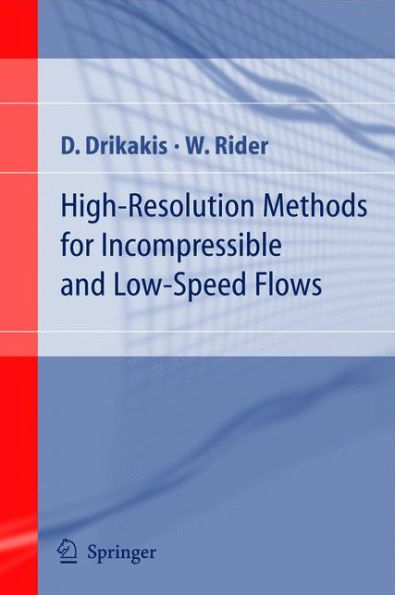5
1
9783642060519



High-Resolution Methods for Incompressible and Low-Speed Flows / Edition 1 available in Hardcover, Paperback

High-Resolution Methods for Incompressible and Low-Speed Flows / Edition 1
- ISBN-10:
- 364206051X
- ISBN-13:
- 9783642060519
- Pub. Date:
- 12/15/2010
- Publisher:
- Springer Berlin Heidelberg
- ISBN-10:
- 364206051X
- ISBN-13:
- 9783642060519
- Pub. Date:
- 12/15/2010
- Publisher:
- Springer Berlin Heidelberg

High-Resolution Methods for Incompressible and Low-Speed Flows / Edition 1
$249.99
Current price is , Original price is $249.99. You
249.99
In Stock

Product Details
| ISBN-13: | 9783642060519 |
|---|---|
| Publisher: | Springer Berlin Heidelberg |
| Publication date: | 12/15/2010 |
| Series: | Computational Fluid and Solid Mechanics |
| Edition description: | Softcover reprint of hardcover 1st ed. 2005 |
| Pages: | 622 |
| Product dimensions: | 6.10(w) x 9.25(h) x 0.36(d) |
From the B&N Reads Blog
